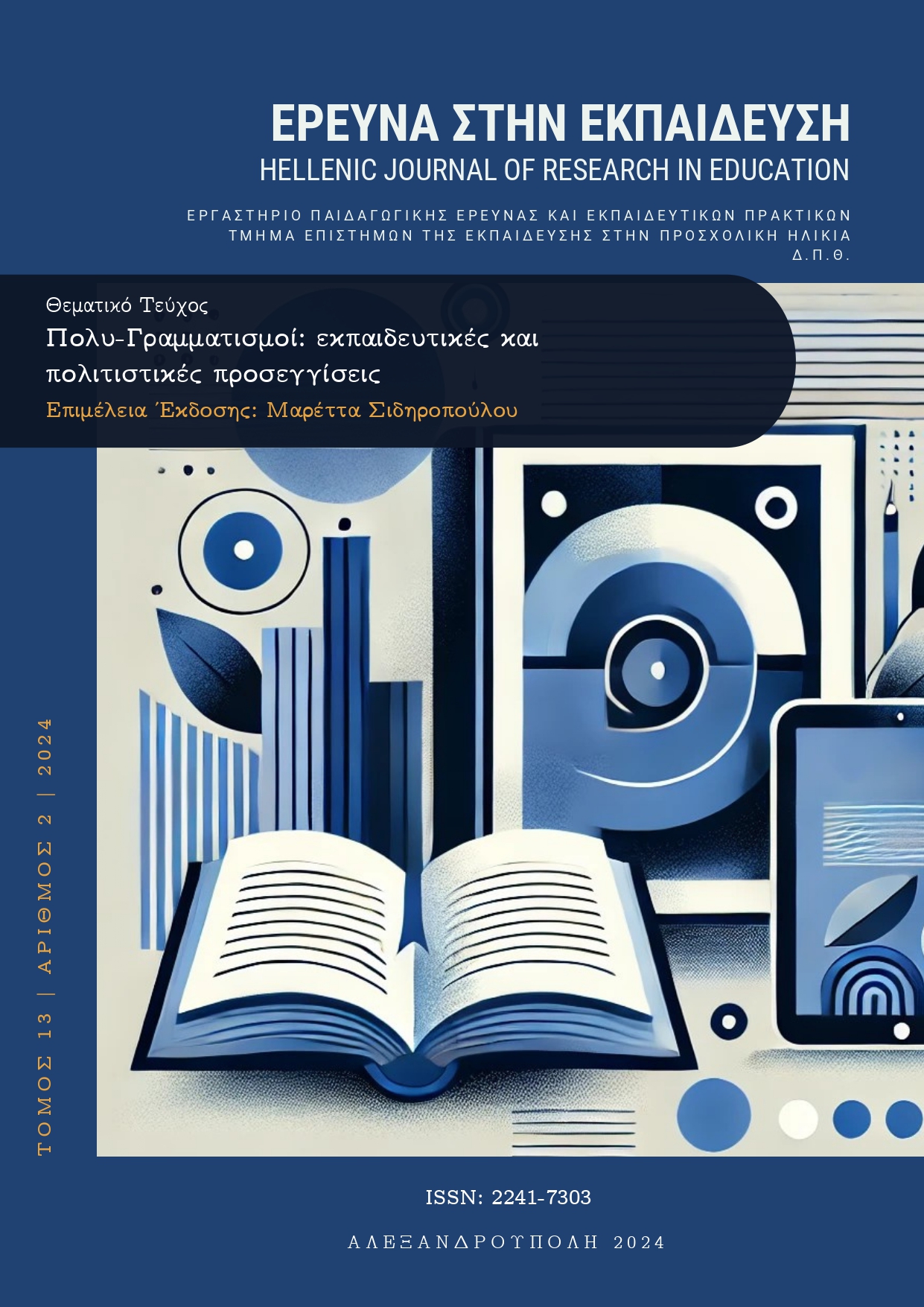MinaDot: an innovative application for automatic transcription into Braille to enhance literacy in Braille

Abstract
The Braille writing system serves as a vital tool for both communication and educational inclusivity among individuals with visual impairments. This publication aims to introduce MinaDot, an intuitive and cost-effective application designed to automatically transcribe text from Greek and English into Braille, adhering to the official Braille standards in Greece. By providing comprehensive accessibility, MinaDot assists educators and learners alike in learning and producing Braille, thus promoting literacy in this essential medium. Moreover, this publication underscores the importance of user-friendly technological solutions that enhance accessibility in education and the everyday lives of individuals with special educational needs.
Article Details
- How to Cite
-
Garoufos, A., & Gavriilidou, Z. (2024). MinaDot: an innovative application for automatic transcription into Braille to enhance literacy in Braille. Hellenic Journal of Research in Education, 13(2), 110–120. https://doi.org/10.12681/hjre.37498
- Section
- Articles

This work is licensed under a Creative Commons Attribution-NonCommercial-ShareAlike 4.0 International License.
Authors who publish with this journal agree to the following terms:
- Authors retain copyright and grant the journal right of first publication with the work simultaneously licensed under a CC-BY-NC-SA that allows others to share the work with an acknowledgement of the work's authorship and initial publication in this journal.
- Authors are able to enter into separate, additional contractual arrangements for the non-exclusive distribution of the journal's published version of the work (e.g. post it to an institutional repository or publish it in a book), with an acknowledgement of its initial publication in this journal.
- Authors are permitted and encouraged to post their work online (preferably in institutional repositories or on their website) prior to and during the submission process, as it can lead to productive exchanges, as well as earlier and greater citation of published work (See The Effect of Open Access).


